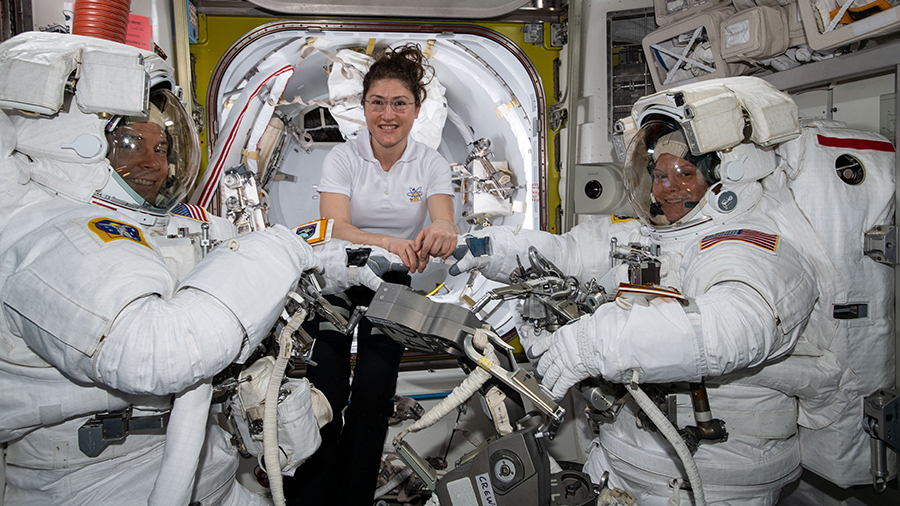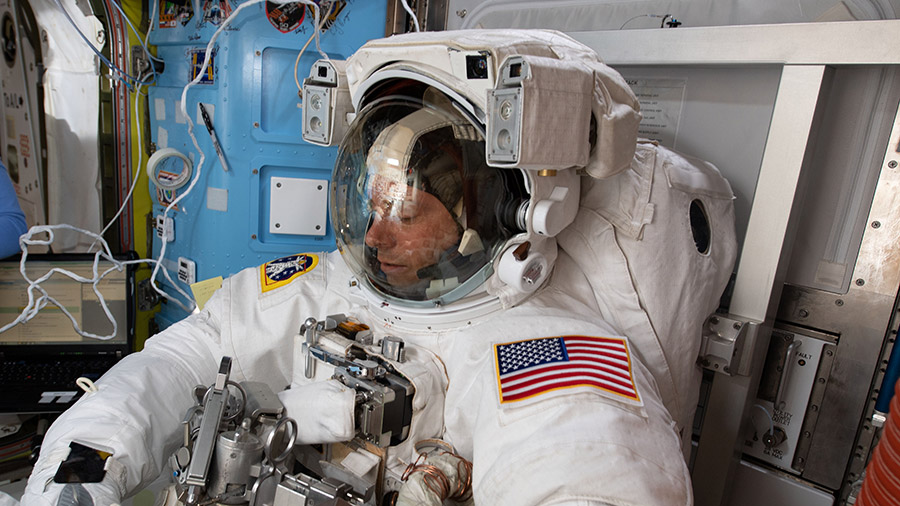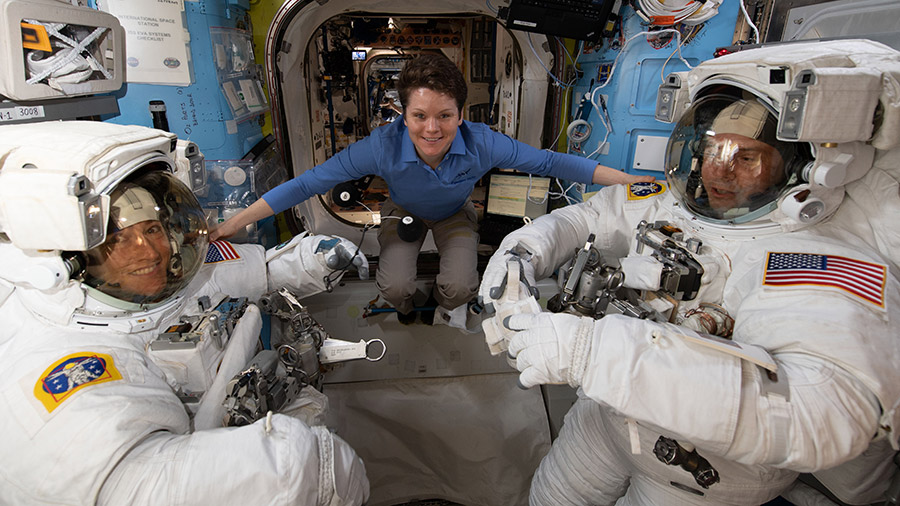With the first in a series of three spacewalks successfully completed at the International Space Station, NASA has updated astronaut assignments for the remaining two spacewalks and will preview the third in an upcoming news conference on NASA Television and the agency’s website. NASA astronauts Nick Hague and Anne McClain conducted the first spacewalk in this series on March 22. Hague …
NASA Updates Spacewalk Assignments, Announces Final Preview Briefing




























